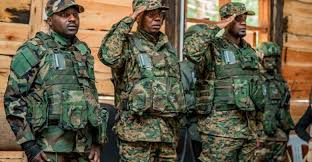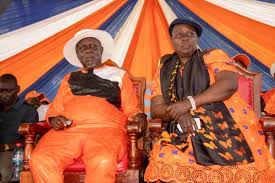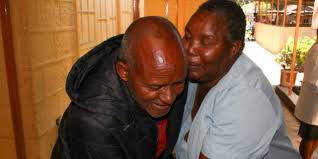NAIROBI — The Democratic Republic of Congo (DRC) and Rwanda have announced that they will start implementing a joint security plan on October 1, 2025, aimed at ending decades of violence in eastern Congo.
The plan — supported by the United States, Qatar, Togo, and the African Union — seeks to neutralize the Democratic Forces for the Liberation of Rwanda (FDLR) and other armed groups that have destabilized the region for years.
According to a joint statement released on September 24, representatives from DRC, Rwanda, the U.S., Qatar, Togo, and the African Union met in Washington on September 17–18.
They reviewed the security situation in eastern DRC, exchanged intelligence, and developed a phased operational plan to:
Eliminate the FDLR threat and its allied militias.
Disengage Rwandan defensive forces stationed near the border.
Restore Congolese state authority in rebel-held areas.
Rebuild trust between Kinshasa and Kigali after years of tensions.
Relations between the two neighbours have been severely strained.
Kinshasa accuses Kigali of backing the M23 rebel group, which has captured parts of North Kivu province.
Rwanda accuses Kinshasa of harbouring FDLR fighters, some of whom were involved in the 1994 genocide.
Both countries have denied supporting rebel movements, but clashes and mutual accusations have left hundreds dead and displaced millions of civilians.
The security plan builds on the Luanda Peace Agreement signed on June 27 under AU mediation, which was seen as a breakthrough after years of failed ceasefire attempts.
In the joint statement, both DRC and Rwanda thanked the U.S., Qatar, AU, and Togo for mediating and pledged full commitment to lasting peace and stability in the Great Lakes region.
Implementation of the plan is scheduled to begin on October 1 with coordinated military, intelligence, and humanitarian actions. Analysts say success will depend on sustained political will, funding, and protection of civilians during operations.
If successful, this initiative could mark the most significant step in decades toward ending one of Africa’s deadliest conflicts, which involves more than 100 armed groups and has displaced over 5 million people.



